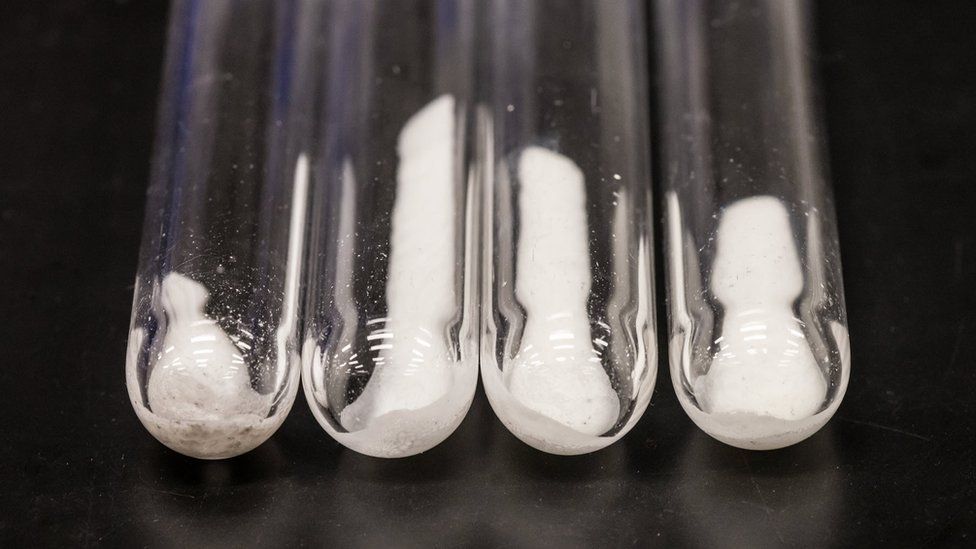-

-
-
Loading

Loading

Microsoft and the Pacific Northwest National Laboratory (PNNL) have used artificial intelligence (AI) and supercomputing to discover a new material that could reduce the use of lithium in batteries. The material, which scientists say has the potential to reduce lithium use by up to 70%, has already been used to power a lightbulb. Using AI and supercomputers, Microsoft researchers were able to narrow down 32 million potential materials to 18 promising candidates within a week, a process that would have taken over two decades using traditional lab research methods. The entire process, from discovery to the development of a working battery prototype, took less than nine months. Jason Zander, executive vice president of Microsoft, believes that technology like this will revolutionize scientific discovery. The demand for lithium is expected to rise significantly in the coming years, as lithium-ion batteries are increasingly used in electric vehicles and other technologies. However, lithium mining is controversial and has a negative impact on the environment. Researchers have hailed the new material as the "holy grail" in the lithium-ion battery industry, and the use of AI and supercomputing is expected to be crucial in predicting new high-performing materials in the future. Despite the potential, some experts caution that AI-derived results can sometimes be misleading or impractical. The new material, known as N2116, is a solid-state electrolyte that has been tested and proven to be a sustainable energy storage solution. It has the potential to make solid-state lithium batteries even more energy-dense and efficient. The AI developed by Microsoft is based on scientific materials, databases, and properties, making the data reliable for scientific discovery. The final substance was selected for lab testing by battery experts at PNNL based on the insights provided by the AI system. This discovery demonstrates the potential of advanced AI to accelerate the innovation cycle.